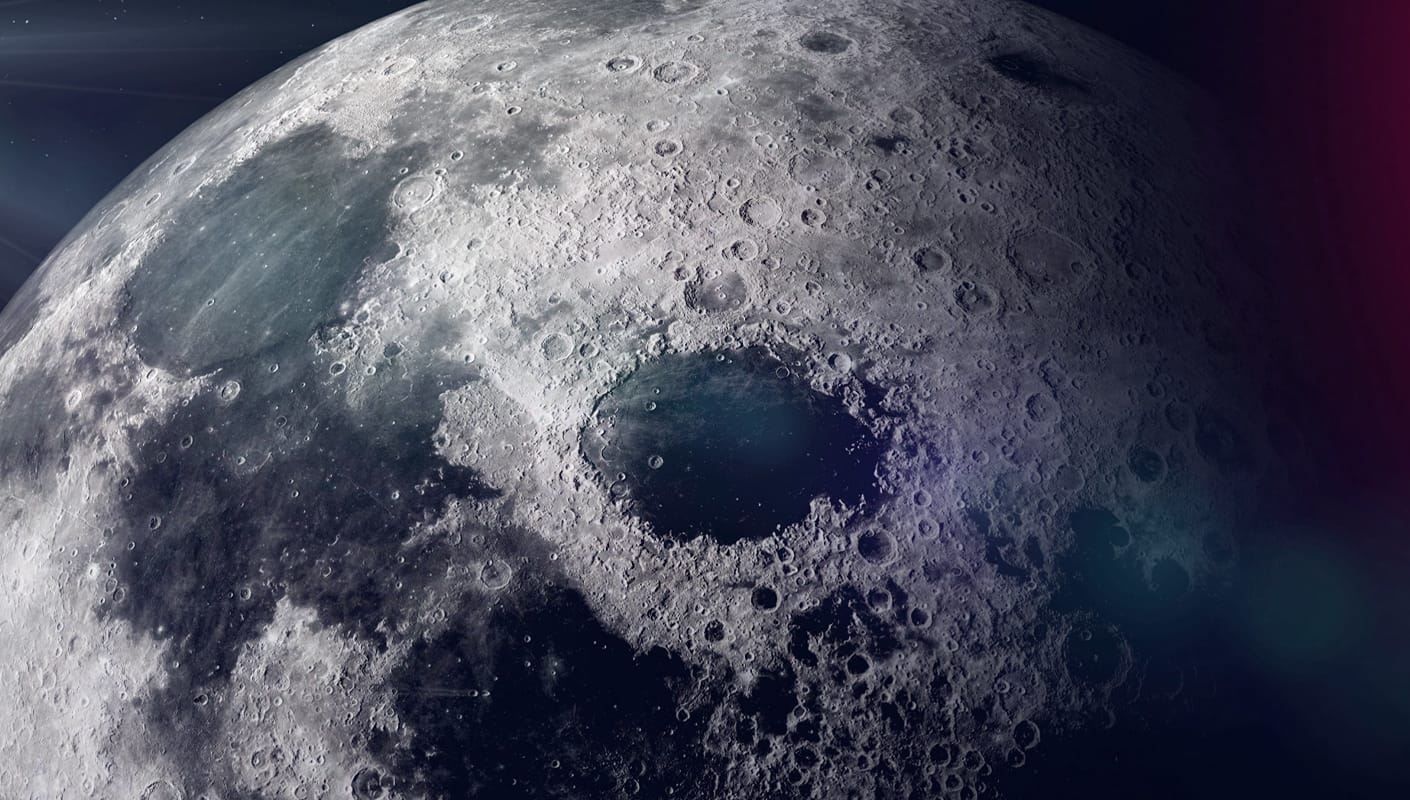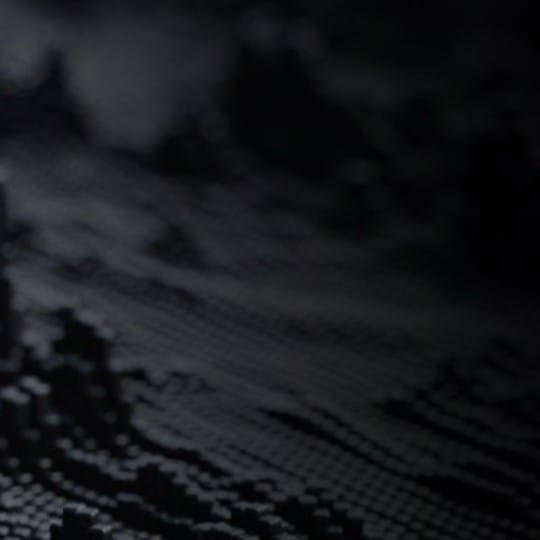Update 1 brings the Chaos Scans library with over 3,100 ultra-realistic scanned materials to Chaos Cosmos.
Build 3D environments faster than ever with support for rendering revolutionary Gaussian splats. Collaborate seamlessly in the Cloud and create immersive, interactive virtual tours directly from V-Ray’s interface—no third-party apps required.
Ensure consistent shading across platforms with support for the OpenPBR standard. Illuminate your scenes with precision using V-Ray Luminaires and an enhanced Sun & Sky model. V-Ray 7 for Cinema 4D also brings powered-up GPU rendering, expanded creative control in the VFB, hundreds of new and improved Cosmos assets, and much more.
See what’s new >
 © Studio Bazzini for the City of Pisa
© Studio Bazzini for the City of Pisa










